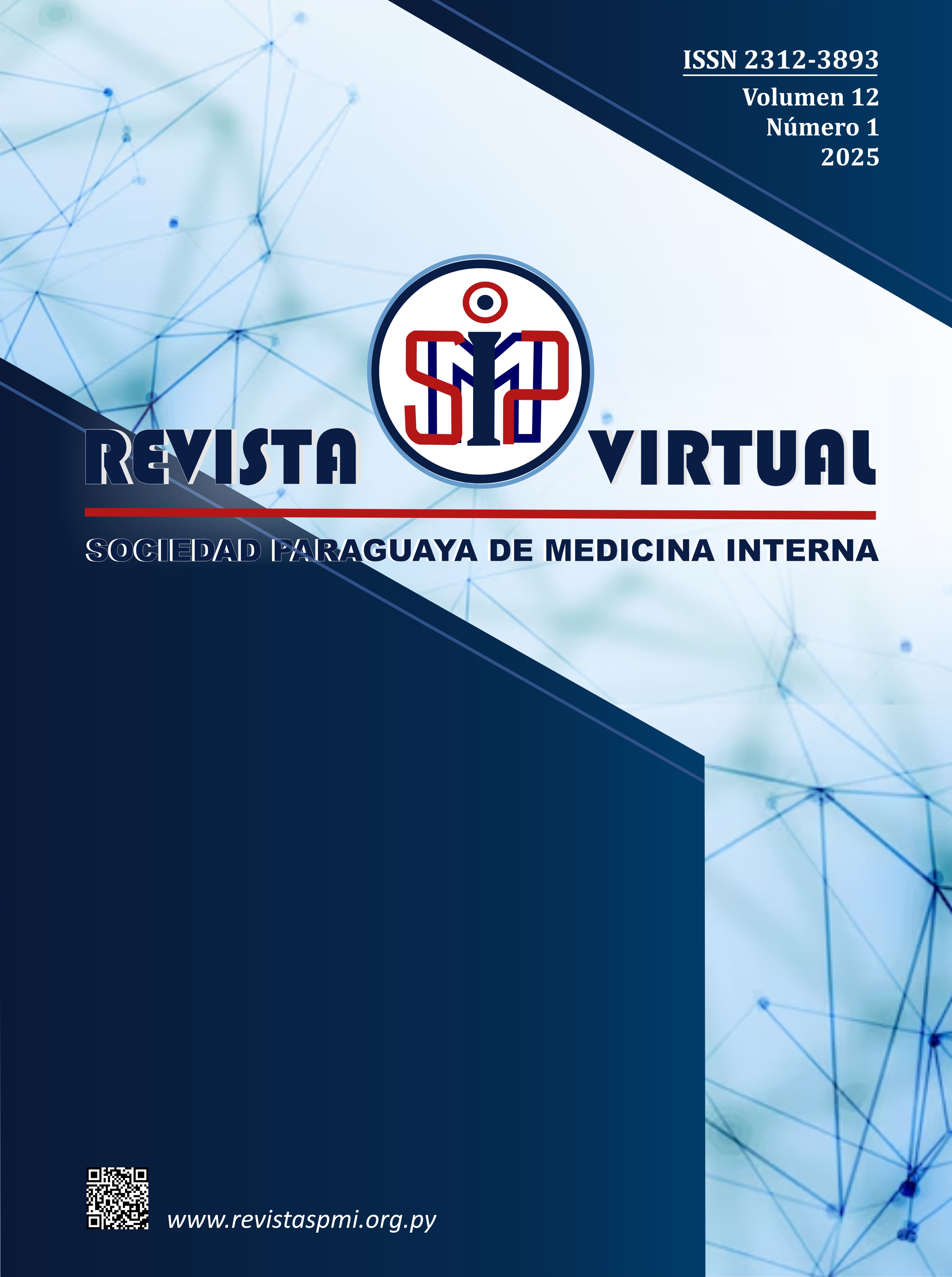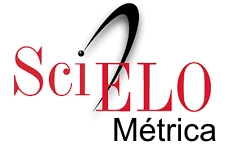Carcinoma neuroendocrino nasal avanzado: respuesta al tratamiento y manejo de anemia en paciente paliativo
Resumen
El carcinoma neuroendocrino nasal avanzado es un tumor maligno raro que se origina en la cavidad nasal y los senos paranasales. Se caracteriza por su alta agresividad y tiende a presentarse en etapas avanzadas, con infiltración de estructuras óseas subyacentes. El diagnóstico se confirma mediante biopsia e histología, que generalmente muestra una diferenciación neuroendocrina pobre. El tratamiento suele ser multimodal, incluyendo quimioterapia, radioterapia y en algunos casos, cirugía. La quimioterapia neoadyuvante con cisplatino y etopósido mejora la supervivencia en estos pacientes.
Se presenta el caso de una paciente femenina de 54 años con carcinoma neuroendocrino nasal en estadio IV A, en tratamiento paliativo con quimioterapia basada en cisplatino y etopósido, y manejo de anemia ferropénica asociada. La paciente mostró una respuesta positiva al tratamiento, con seguimiento programado para monitorear su estado hematológico y ajustar el tratamiento de soporte.
Citas
2. Hofer MJ, Rohlfs J, Teymoortash A, Pagenstecher A. A 62-year-old female with an intranasal mass extending into the lamina cribrosa. Brain Pathol [Internet]. 2013 [cited 2024 Jun 8];23(1):105–8. Available from: https://pubmed.ncbi.nlm.nih.gov/23217007/. doi: 10.1111/bpa.12010
3. Zhao Q, Wei J, Zhang Ch, Meng L, Wang B, Gao L, et al. Large-cell neuroendocrine carcinoma of nasal cavity and paranasal sinuses after successful curative therapy: a case report and literature review. Onco Targets Ther [Internet]. 2019 [cited 2024 Jun 8]; 12:2975–80. Available from: https://pubmed.ncbi.nlm.nih.gov/31114241/. doi: 10.2147/OTT.S195052
4. Saha S, Patil VM, Noronha V, Menon N, Kumar Singh A, Patlekar G, et al. Real world data on long term outcome of neoadjuvant chemotherapy in locally advanced esthesioneuroblastoma and sinonasal tumor with neuroendocrine differentiation - Results from a single centre study. Oral Oncol. 2023;144: 106486. doi: 10.1016/j.oraloncology.2023.106486
5. Fitzek MM, Thornton AF, Varvares M, Ancukiewicz M, Mcintyre J, Adams J, et al. Neuroendocrine tumors of the sinonasal tract. Results of a prospective study incorporating chemotherapy, surgery, and combined proton-photon radiotherapy. Cancer [Internet]. 2002 [cited 2024 Jun 8];94(10):2623–34. Available from: https://pubmed.ncbi.nlm.nih.gov/12173330/. doi: 10.1002/cncr.10537
6. Cabezas-Camarero S, García-Barberán V, Benítez-Fuentes JD, Sotelo MJ, Plaza JC, Encinas-Bascones A, et al. Clinical behavior, mutational profile and T-cell repertoire of high-grade neuroendocrine tumors of the head and neck. Cancers (Basel) [Internet]. 2023 [cited 2024 Jun 8];15(9): 2431. Available from: https://pubmed.ncbi.nlm.nih.gov/37173898/. doi: 10.3390/cancers15092431
7. Ohmoto A, Sato Y, Asaka R, Fukuda N, Wang X, Urasaki T, et al. Clinicopathological and genomic features in patients with head and neck neuroendocrine carcinoma. Mod Pathol [Internet]. 2021 [cited 2024 Jun 8];34(11):1979–89. Available from: https://pubmed.ncbi.nlm.nih.gov/34247193/. doi: 10.1038/s41379-021-00869-9
8. Rosenthal DI, Barker Jr JL, El-Naggar AK, Glisson BS, Kies MS, Diaz Jr EM, et al. Sinonasal malignancies with neuroendocrine differentiation: patterns of failure according to histologic phenotype. Cancer [Internet]. 2004 [cited 2024 Jun 8];101(11):2567–73. Available from: https://pubmed.ncbi.nlm.nih.gov/15517582/. doi: 10.1002/cncr.20693
9. van der Laan TP, Iepsma R, Witjes MJH, van der Laan BFAM, Plaat BEC, Halmos GB. Meta-analysis of 701 published cases of sinonasal neuroendocrine carcinoma: The importance of differentiation grade in determining treatment strategy. Oral Oncol [Internet]. 2016 [cited 2024 Jun 8]; 63:1–9. Available from: https://pubmed.ncbi.nlm.nih.gov/27938993/. doi: 10.1016/j.oraloncology.2016.10.002
10. Busti F, Marchi G, Ugolini S, Castagna A, Girelli D. Anemia and iron deficiency in cancer patients: Role of iron replacement therapy. Pharmaceuticals (Basel) [Internet]. 2018 [cited 2024 Jun 8];11(4):94. Available from: https://pubmed.ncbi.nlm.nih.gov/30274354/. doi: 10.3390/ph11040094
11. Aapro M, Österborg A, Gascón P, Ludwig H, Beguin Y. Prevalence and management of cancer-related anaemia, iron deficiency and the specific role of i.v. iron. Ann Oncol [Internet]. 2012 [cited 2024 Jun 8];23(8):1954–62. Available from: https://pubmed.ncbi.nlm.nih.gov/22575608/. doi: 10.1093/annonc/mds112
12. Nandakumar S, Singh N, Tharani AR, Pankiw M, Brezden-Masley Ch. Intravenous iron and iron deficiency anemia in patients with gastrointestinal cancer: A systematic review. PLoS One [Internet]. 2024 [cited 2024 Jun 8];19(5): e0302964. Available from: https://pubmed.ncbi.nlm.nih.gov/38776289/. doi: 10.1371/journal.pone.0302964
13. Rodgers GM, Becker PS, Blinder M, Cella D, Chanan-Khan A, Cleeland Ch, et al. Cancer- and chemotherapy-induced anemia. J Natl Compr Canc Netw [Internet]. 2012 [cited 2024 Jun 8];10(5):628–53. Available from: https://pubmed.ncbi.nlm.nih.gov/22570293/. doi: 10.6004/jnccn.2012.0064
14. DeLoughery TG, Jackson ChS, Ko CW, Rockey DC. AGA Clinical practice update on management of iron deficiency anemia: Expert review. Clin Gastroenterol Hepatol [Internet]. 2024 [cited 2024 Sep 8];22(8):1575–83. Available from: https://pubmed.ncbi.nlm.nih.gov/38864796/. doi: 10.1016/j.cgh.2024.03.046

















